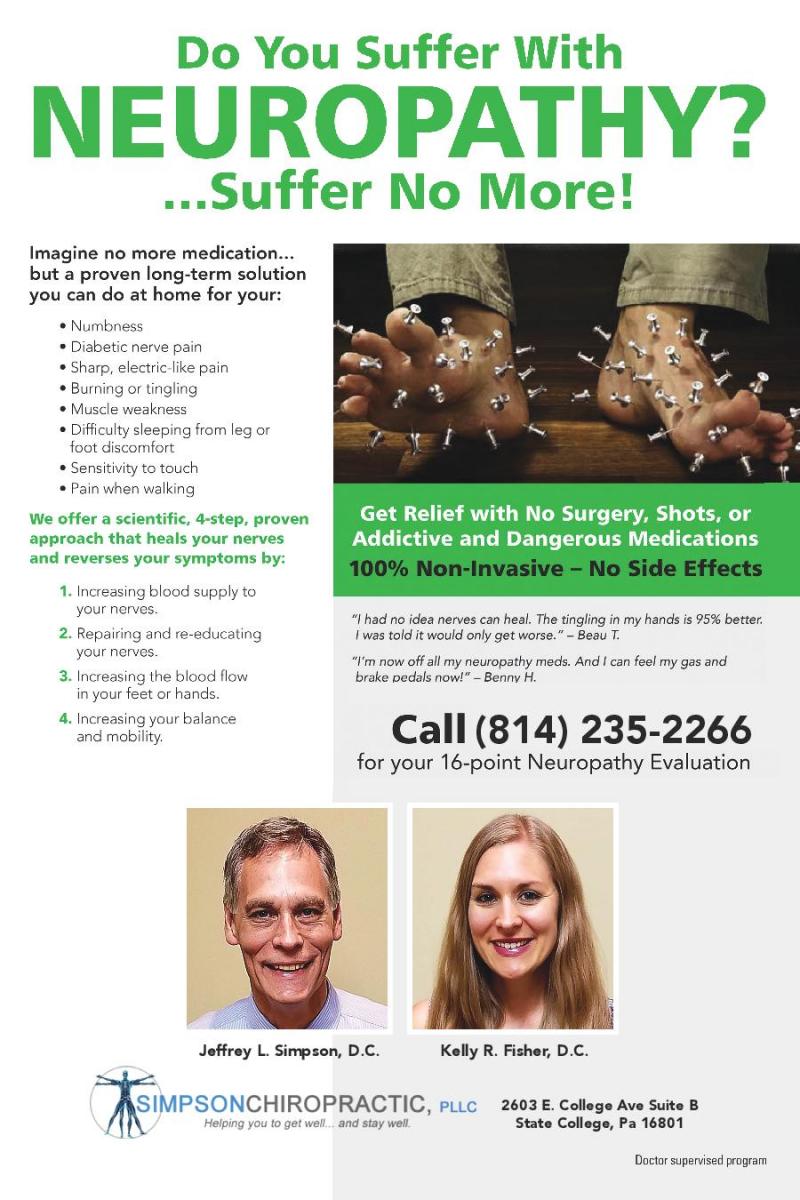
Are YOU one of millions of Americans who suffers from Peripheral Neuropathy?
Do you experience numbness, tingling, burning pain, deep stabbing pain, balance problems, and falling? If so, you may have been told you have to deal with it, live with it, and rely on Gabapentin, Lyrica, Cymbalta, injections, or other drugs with serious side effects. While treating the symptoms of peripheral neuropathy may be desirable, it is crucial to truly understand and address the underlying causes of this condition in order to have lasting improvement.
To understand peripheral neuropathy better, let’s think about a dying plant. What are some things that would cause a plant to get droopy and wilted? What does the plant need in order to perk up again? If you’re thinking things like water, sunlight, and nutrients, you are EXACTLY right! When a plant is deprived of these essential things, it starts to die.
The nerves of our body are organisms, just like plants, so they will also die if they are deprived. There are tiny blood vessels that run through the body and supply nerves with oxygen, nutrients, and blood supply. As the blood vessels that surround nerves start to die off, the nerves are no longer getting what they need and begin to malfunction and shrink, like the wilting plant. At this point, peripheral neuropathy symptoms such as numbness, tingling, burning pain, sharp stabbing pain, balance problems, falls, and injuries begin to appear.
Once symptoms occur, medications tend to be prescribed. These medications can help to deal with the symptoms. However, they do not actually help to increase blood supply to the nerves again and create new blood vessels, which is what is needed for the nerves to get back to normal function. The good news is that there are ways to increase blood flow, re- educate small nerve fibers, and decrease pain signals associated with peripheral neuropathy.
Lower Level Light Therapy (LLLT), discovered by NASA for treating wounds in space, is at the forefront of neuropathy treatments. LLLT creates a process called angiogenesis, which means “new blood vessels.” Again, it’s like watering a plant. The more LLLT a nerve gets, the more it repairs itself, just like a plant would by getting more water, sunlight, and nutrients. In addition to LLLT, there is cutting edge technology (based on a Nobel Prize winning concept) that can be used to help allow increased circulation to the extremities, and special devices that can be used to repair damaged nerves and start to make them durable once again.
Often, neuropathy sufferers are under the mentality that “it will go away on its own,” or “the medications will get me better,” but playing the waiting game and/or concentrating only on symptom relief for long periods of time can cause them to reach a point of no return with permanent damage to the nerves. By being educated about the underlying cause and seeking new treatment options available, many people are finding that they no longer have to be victims of peripheral neuropathy.
